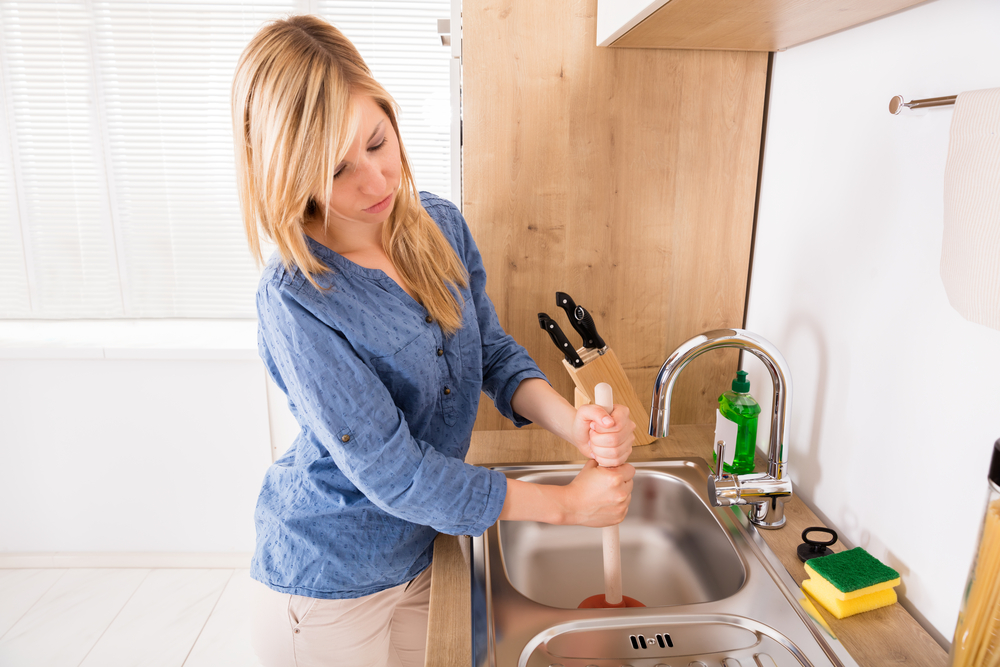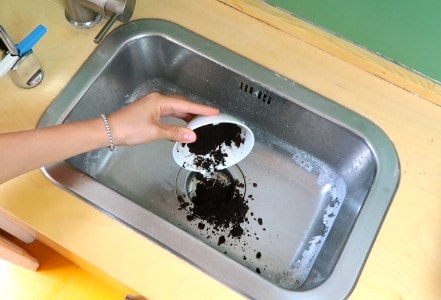5 Do-It-Yourself Strategies for Unclogging Your Sink
5 Do-It-Yourself Strategies for Unclogging Your Sink
Blog Article
What're your opinions with regards to Common Household Plumbing Issues?

Obstructed kitchen area sinks are just one of the most typical water drainage issues property owners deal with. And what's even more, it's a extremely uncomfortable as well as undesirable sight. Visualize going to the sink to do your meals and also finding out that the drain is blocked as well as water can not move down conveniently.
A lot of clogged up drainages are brought on by food particles, soap, fat, as well as oil bits. They block the sink and make it hard for water to decrease the drainpipe swiftly. While it is alluring to put a call through to the plumbing professionals, there are a couple of DIY hacks you could try first before making that phone call.
In this post, we will certainly be taking a look at 5 basic actions you could take to release your kitchen sink from obstructions as well as conserve you from the discomfort and also shame of handling a clogged kitchen area sink.
1. Use Boiling Water
When confronted with a blocked sink, the first thing you ought to attempt is to pour boiling thin down the drain. That has to do with the most simple solution to blocked sinks and also drains. Boiling water aids reduce the effects of the bits and also debris causing the blockage, especially if it's grease, soap, or oil bits, and in many cases, it can flush it all down, and your sink will be back to regular.
Since hot water might melt the lines as well as cause more damages, do not try this approach if you have plastic pipes (PVC). You may desire to stick to making use of a plunger to obtain particles out if you utilize plastic pipes.
Utilizing this technique, turn on the tap to see exactly how water streams after putting warm water down the tubes. If the blockage lingers, try the process once more. Nonetheless, the blockage could be more persistent in many cases and need more than just boiling water.
2. Perhaps it's the Garbage Disposal
In numerous instances, the blockage may be due to a clog in the disposal. Use pliers instead.
You can discover the adhering to alternative to unblock your cooking area sink if this does not function.
3. Try a Plunger
You can attempt utilizing a plunger if the issue is not from the garbage disposal. Plungers are common house devices for this occasion, and also they can come in handy if you use them appropriately. A flat-bottomed bettor is most suitable for this, yet you can use what you have is a commode bettor.
Comply with the following straightforward actions to make use of the bettor properly:
Secure the drain with a rag as well as fill the sink with some warm water
Place the plunger ready over the drainpipe as well as begin plunging
Check to see if the water runs freely after a couple of dives
Repeat the process till the drain is complimentary
4. Baking Soda and also Vinegar
As opposed to using any kind of kind of chemicals or bleach, this approach is more secure as well as not damaging to you or your sink. Sodium bicarbonate and vinegar are day-to-day residence items made use of for many other points, as well as they can do the technique to your kitchen sink.
Firstly, eliminate any type of water that is left in the sink with a mug.
Then pour an excellent amount of cooking soda away.
Pour in one mug of vinegar.
Seal the water drainage opening and enable it to settle for some minutes.
Pour warm water down the tubes to dissolve various other persistent residue as well as particles.
Following this easy method could work, as well as you can have your kitchen sink back. Repeat the process as much as you consider essential to rid the sink of this debris totally.
5. Make use of a Hanger
Using a cord towel hanger or a plumber's serpent if you have one can do the technique. All you require do is straighten out the hanger to go down the drainpipe while you thoroughly pick out the particles causing the blockage.
Run hot water down the tubes after this to see how successful you were.
Final Words
Attempting these couple of tricks might conserve you the expenses of having a plumber inspect it. Yet in a lot of cases, a plumber is what we require. In cases where you discover it hard to unclog the sink also after trying all these approaches, it might be time to leave it to the professionals.
Contact expert plumbing firms to repair your water drainage problems as well as various other different household plumbing needs.
Clogged kitchen sinks are one of the most common water drainage problems property owners deal with. Envision going to the sink to do your dishes as well as finding out that the drainpipe is obstructed and water can not flow down quickly.
They block the sink and also make it hard for water to go down the drainpipe rapidly. When encountered with a clogged sink, the first thing you should attempt is to put boiling water down the drainpipe. Boiling water aids counteract the fragments as well as particles causing the clog, especially if it's soap, oil, or oil fragments, as well as in many instances, it can purge it all down, and your sink will be back to typical.
How to Unclog a Kitchen Sink
Take the Plunge
Start your efforts by plunging. Use a plunger with a large rubber bell and a sturdy handle. Before getting to work on the drain, clamp the drain line to the dishwasher. If you don t close the line, plunging could force dirty water into the dishwasher.
Fill the sink with several inches of water. This ensures a good seal over the drain.
If you have a double sink, plug the other drain with a wet rag or strainer.
Insert the plunger at an angle, making sure water, not air, fills the bell.
Plunge forcefully several times. Pop off the plunger.
Repeat plunging and popping several times until the water drains.
Clean the Trap
The P-trap is the curved pipe under the sink. The trap arm is the straight pipe that attaches to the P-trap and runs to the drain stub-out on the wall. Grease and debris can block this section of pipe. Here s how to unclog a kitchen sink by cleaning out the trap:
Remove as much standing water from the sink as possible.
Place a bucket under the pipe to catch the water as it drains.
Unscrew the slip nuts at both ends of the P-trap. Use slip-joint pliers and work carefully to avoid damaging the pipes or fasteners.
If you find a clog, remove it. Reassemble the trap.
If the P-trap isn t clogged, remove the trap arm and look for clogs there. Run the tip of a screwdriver into the drain stub-out to fetch nearby gunk.
Spin the Auger
With the trap disassembled, you re ready to crank the auger down the drain line.
Pull a 12-inch length of cable from the auger and tighten the setscrew.
Insert the auger into the drain line, easing it into the pipe.
Feed the cable into the line until you feel an obstruction. Pull out more cable if you need to.
If you come to a clog, crank and push the cable until you feel it break through. The cable will lose tension when this happens.
Crank counterclockwise to pull out the cable, catching the grime and debris with a rag as the cable retracts.

As a keen person who reads on DIY Plumbing Fixes, I figured sharing that article post was essential. Those who enjoyed reading our post please do not forget to share it. We love reading our article about Common Household Plumbing Issues.
Expert hands available. Report this page